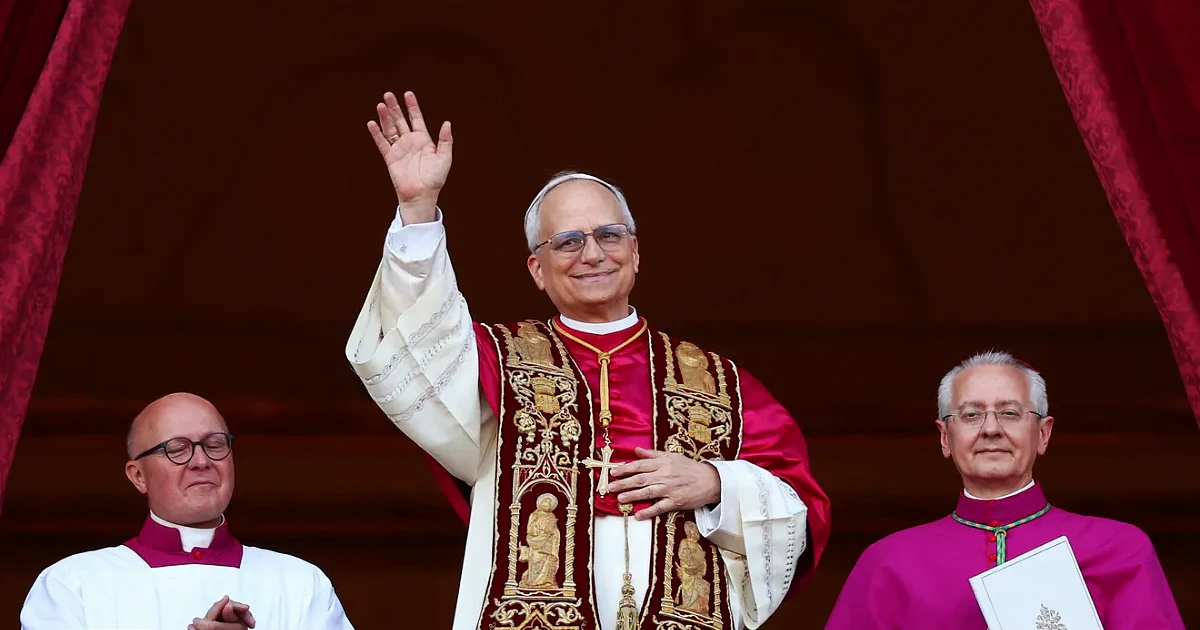Art forgery is the process of creating fake art and selling it as the original. This has existed for centuries, fooling many art lovers, collectors, and even experts. Forgeries can range from paintings to sculptures, and the forgeries try and copy the style, colors, and materials of famous artists. Some even add fake signatures to try and make it look more convincing.
Art forgery has been seen throughout history, where people copied famous sculptures and pottery. However, it became even more popular in the Renaissance when Leonardo da Vinci and Michelangelo were very popular. Some saw this as an opportunity to make money by creating fake versions of their masterpieces. One of the most famous forgers was Han van Meegeren, who created fake paintings of the artist Johannes Vermeer’s work. His art was so convincing that experts were tricked, allowing him to make a lot of money before he got caught.
When fake artworks are sold as real, it can harm the reputation of galleries, museums, and collectors. Additionally, this harms the work of researchers who should be focusing on more pressing topics. It’s problematic because many people rely on authentic pieces to understand art history and culture. If these are displayed in museums, it can change visitors’ perceptions about an artist’s style or history.
Art experts, such as conservators and forensic scientists, use a variety of methods to see if the art is the real thing. They examine materials like paint, canvas, and paper to make sure they match the time of the original. For example, if a painting is claimed to be from the 1600s but contains modern materials, it’s a fake. Advanced technology allows experts to look beneath the surface of a painting, revealing hidden layers or sketches that may indicate forgery.
Provenance helps experts trace an artwork’s journey from its creation to its current owner. Gaps or inconsistencies in this history can raise suspicions. Additionally, comparing an artwork’s style and technique with known works by the artist can help identify inconsistencies. Even the best forgers often struggle to perfectly replicate an artist’s unique brushstrokes or techniques, and chemical analysis of paints and materials can also reveal whether they match those used during the artist’s lifetime.
Famous forgers like Elmyr de Hory, who faked works by Picasso, Matisse, and Wolfgang Beltracchi, fooled many collectors and museums. Beltracchi was caught in 2010 after scientific tests showed that the materials he used didn’t match the time periods.
Art forgery is a challenge in the art world, but experts continue to create new techniques to detect fakes. By understanding how forgeries are made, we can better protect the integrity of the art world and ensure that future generations can appreciate genuine masterpieces.












